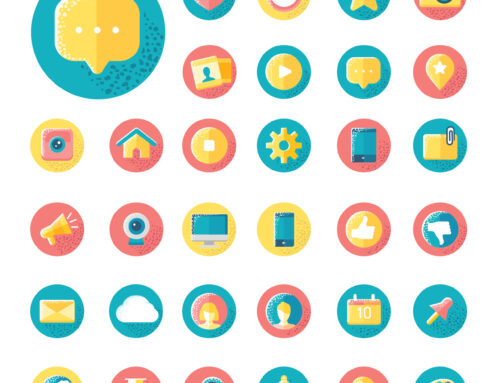
In the digital age, where visual content reigns supreme, the traditional methods of teaching are being continually reimagined. One such innovation that has proven particularly effective in the English Language and Literature classroom is the use of infographics. These visually engaging tools can transform the way students grasp complex concepts, particularly in areas such as comparative essay structure, theme, and analysis.
Comparative Essay Structure
Understanding the structure of a comparative essay can be challenging for students. Infographics simplify this by visually breaking down the components of an essay into digestible parts. A well-designed infographic can illustrate the introduction, thesis statement, body paragraphs, and conclusion in a clear and concise manner. By using color coding and visual markers, students can easily differentiate between contrasting and comparing elements. This visual representation helps students organize their thoughts and ensures they follow a logical progression in their writing. Moreover, infographics can serve as a quick reference guide, aiding students in structuring their essays efficiently.
Theme Exploration
Themes are central to literature, yet they can often be abstract and difficult for students to pinpoint and analyze. Infographics can demystify themes by presenting them in a visually appealing format. For example, an infographic can map out the recurring motifs, symbols, and character actions that contribute to the development of a theme. By visualizing these connections, students can better understand how themes are woven throughout a text. Additionally, infographics can compare themes across different works, allowing students to draw parallels and contrasts with ease. This not only enhances their analytical skills but also deepens their appreciation of literature.
Literary Analysis
The process of literary analysis requires students to delve deeper into the text, examining elements such as character development, narrative techniques, and stylistic devices. Infographics can be particularly effective in this area by providing a structured approach to analysis. For instance, an infographic could outline steps for conducting a close reading, highlighting key questions to consider and common literary devices to look for. By breaking down the analysis process into manageable steps, students can approach texts with greater confidence and clarity. Furthermore, infographics can serve as collaborative tools, encouraging students to work together in analyzing texts and sharing insights.
As an educator, I am currently deeply interested in the potential of infographics to enhance learning in the English Language and Literature classroom. Recognizing their value, I have been creating a variety of infographics focused on comparative essay structure, theme exploration, and literary analysis. These resources are designed to be both informative and visually appealing, catering to different learning styles and preferences.
To make these resources more accessible to fellow educators, I am excited to share that they are available on my TeacherPayTeachers store. By providing these ready-to-use infographics, I aim to support teachers in fostering a more engaging and effective learning environment for their students.
In conclusion, infographics are a powerful tool in the English Language and Literature classroom. They offer a visually engaging way to simplify complex concepts, making learning more accessible and enjoyable for students. Whether it’s understanding the structure of a comparative essay, exploring themes, or conducting literary analysis, infographics can play a pivotal role in enhancing students’ comprehension and analytical skills. As educators, embracing such innovative teaching tools can lead to more dynamic and effective learning experiences.



